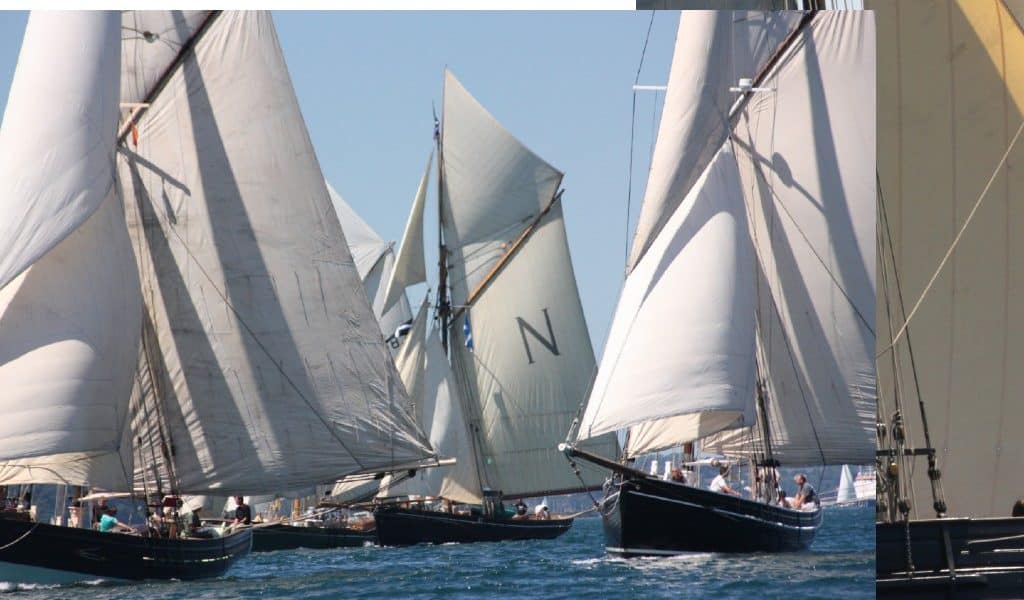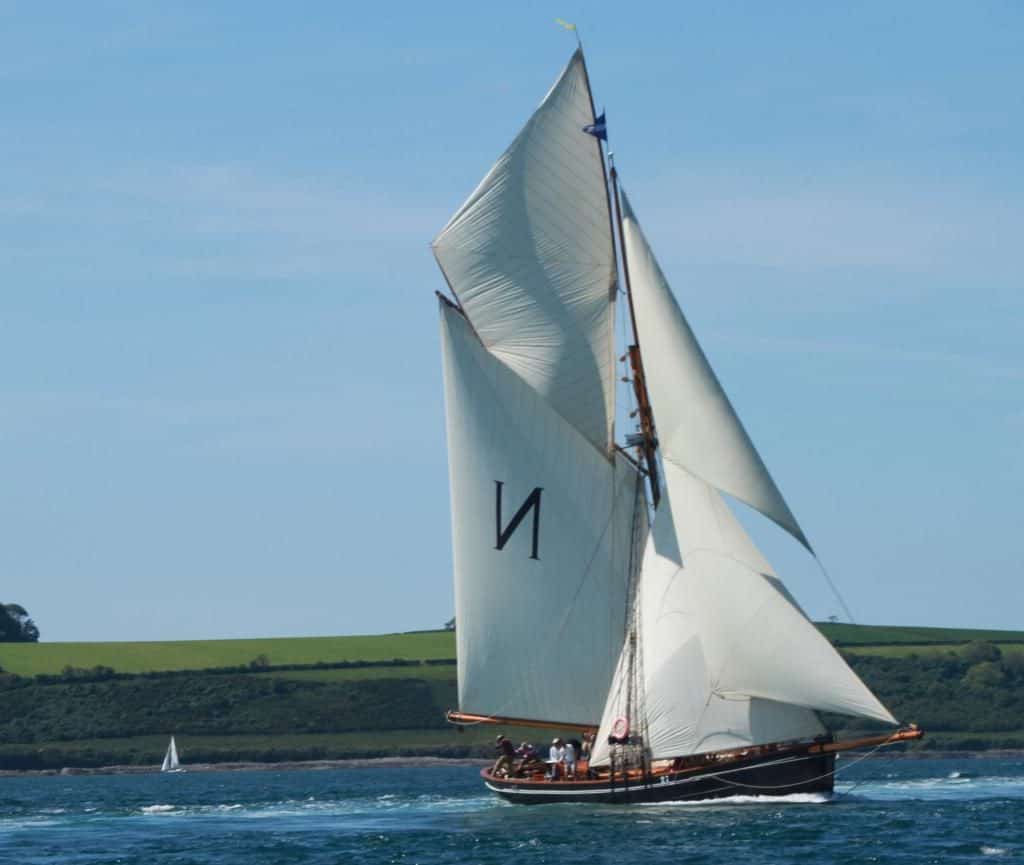
A Brief History of Pilot Cutters
Why are there Pilot Cutters and what makes them special?
In the 1800’s world trade was growing with the industrialisation of Europe and North America. The British Empire spanned the world and goods came from and went back to the colonies.
There was a lot value on these ships and through institutions like Lloyds of London they obtained insurance for these cargos. Then and now insurers don’t like paying out so they required captains coming to certain ports to take on a local pilot who was certified by Trinity House of London.
Pilots were required for most European ports and busy waters like the English and Bristol Channel.
The pilots had to find their own trade and this was done by being the first pilot to get to the ship.
So to get your pilot onboard first and make a profit you need to consider the following –
- Fast sailing
- Sailing well to windward
- Capable of sailing in rough weather
- Small crew to keep the costs down.
The result is a pilot cutter, simple to sail and small crew, weatherly and going well to windward.
It was not just in Britain that this happened but in France, the United States and probably many other countries around the world.
The America’s Cup
The first yacht to win the America’s Cup was designed by a New York pilot cutter designer which illustrates what had been learnt in the development of the pilot cutter to be a fast successful sailing craft.
Bristol Channel Pilot Cutters
These fine craft have a high reputation as they had to deal with all usual weather conditions plus strong tides.
The Isles of Scilly Pilot Cutters
The location of the Isles of Scillies on the approaches to both the English Channel and Bristol Channel made them an ideal hunting ground for pilots to capture their trade. Apart from the sailing pilot cutters there were also the rowing pilot gig boats because sometimes there is no wind to sail by.
Special yesterday and today.
In their day they were very special cutters renowned for their sailing ability. They were overtaken by motorised vessels and the incorporation of pilots into organised bodies like the Thames Port Authority etc.
Today we admire them for their beauty and the fun you can have sailing them.

Pilot Cutter Revival
Classic Boat magazine readers regularly chose pilot cutters – both originals and replicas – in their choice of favourite Classics amongst the vast choice of historic ships and elegant yachts, so what is their appeal and why have so many new wooden pilot cutters been built in the last 15 years ?
When Adam and Debbie Purser went to look at ‘Eve of St Mawes’ whilst it was being built speculatively by Luke Powell of Working Sail, we fell in love with the chunky purposefulness of the hull. Here was a boat that could work hard for a living, and had stunning simple lines which had evolved from decades of seafarers experience working their trade(fishermen and pilots) in the rough Western Approaches. In 1996 apart from similar pilot cutters being built in Canada using laminated construction, we were not aware of anyone building wooden working replicas using traditional construction methods in the UK. Luke’s second pilot cutter – again built speculatively – took a long time to sell, and we could not understand why nobody seemed to want to buy such a practical work of art and craftsmanship.
Refitting at Gweek we also saw a few committed people restoring original pilot cutters – Kindly Light, Marianne, and a new keel for Marguerite. If was fascinating to see the differences in hull shape, as the pilots strived to find the right balance between speed and seaworthiness.
Now we are pleased to see a revival of interest in wooden boat ownership, and in particular it seems pilot cutters are the design of choice for those with a boat building project in mind. In 2008 a record four new pilot cutters were launched by different boat builders – Polly Agatha, Tallulah, Pegasus and Mischief.



